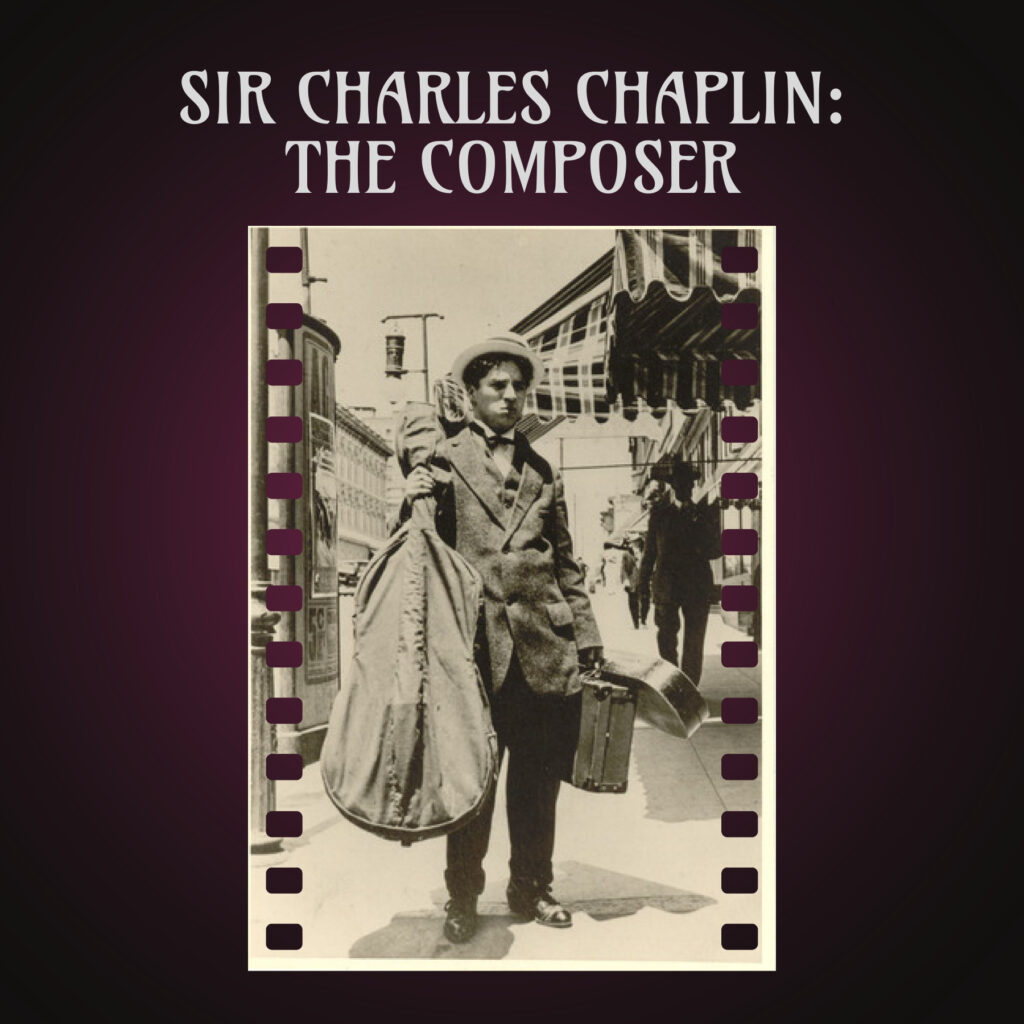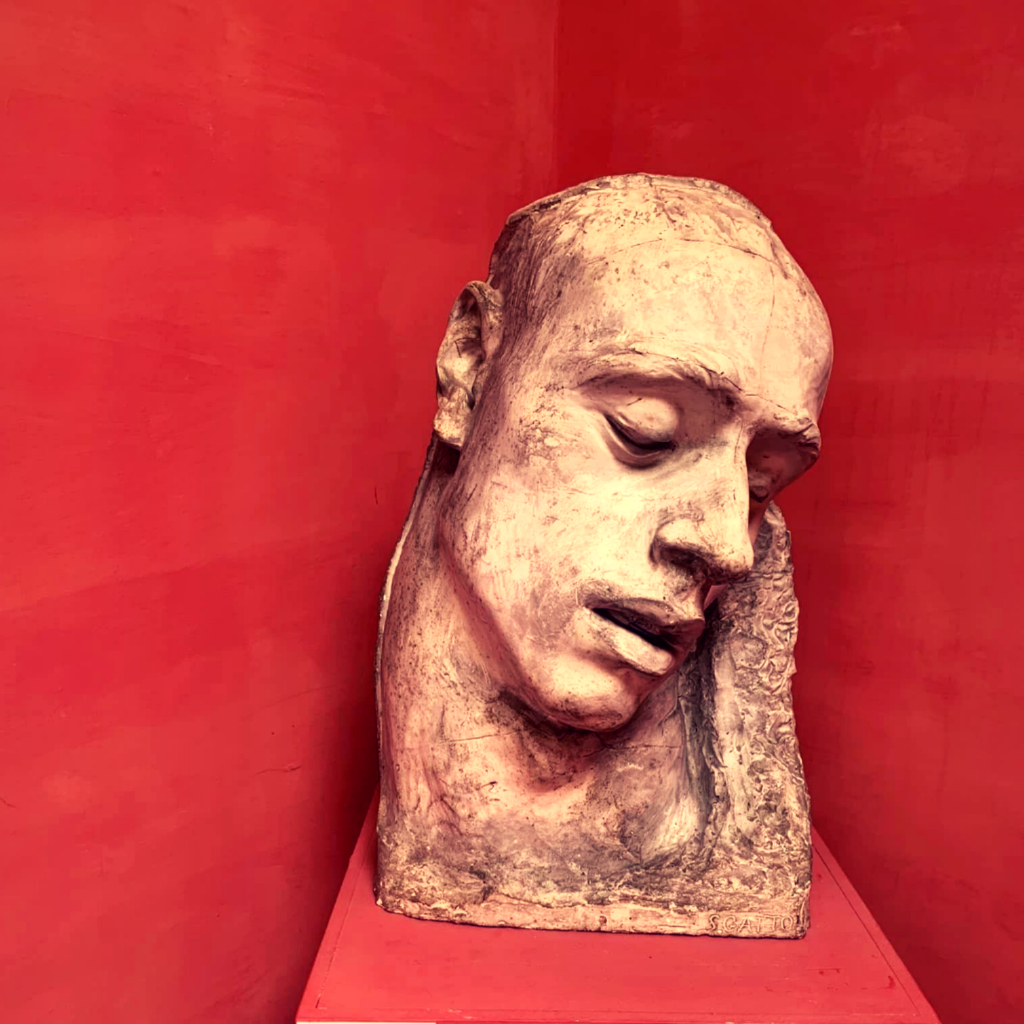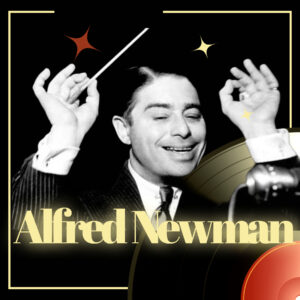
Like some other composers of the American stage, such as the famous Irving Berlin, Chaplin was an illiterate musician. There was even a term for “whistling composers”—they worked with secretaries. However, music played a essential role in the comedian’s life. He always created the score of his films using not only his own material. He had the highest demands on the secretaries and arrangers; the work on the score of the film turned for the band sometimes into a real torment. Music, rather than speech, continued for the rest of the great artist’s life to be the main emotional support of the plot and game.
Chaplin dictated his musical ideas, usually playing the violin, although he could also play the piano. In the 1950s, while living in Switzerland during a long break after “City Lights”, Chaplin rebuilt all the music for his old silent films as far back as the 1910s and 1920s. The last score by Chaplin was music for the famous melodrama of 1921 “The Kid”, released in a new musical edition in 1971.
The day I completed my current picture City Lights was one of extreme relief. After fretting and stewing for almost two years, to see the end in sight was like the finish of a marathon. Usually after each picture I go to bed for a day or two to replenish my nerves, but this time there was another task ahead – the composing of music and synchronizing it to the picture.
Charlie Chaplin, Woman’s Home Companion, 1932
A fanfare on trumpets, over a night scene, opens the picture proper. It is heard again as a sort of fate theme at moments of crises, such as the count over Charlie in the boxing ring, and his capture and imprisonment. Saxophone bleating, in slightly off synchronization with the lips, mimics the speakers at the unveiling of the moment. This shrill squeaking is used not only as a comic note itself, but as a burlesque of the talkies. When Charlie is ordered down, a bustling “galop” number in G minorn, played in fast tempo, accompanies his scrambling over the statues. The Tramp’s wanderings through the city streets are accompanied by a gallant bitter-sweet melody mostly on the cello. The theme is repeated seven times when he is in hopeful moods. The flower girl’s principal theme is José Padilla’s “La Violetera”, and phrases of it are played behind the Tramp, when it is pertinent to indicate that his thoughts dwell on her. She had two subsidiary themes, one a pathetique for scenes in her slum room, and the other a violin caprice, for her wistful moments.
The source: The extract from “Charlie Chaplin” by Theodore Huff, published by Henry Schuman Inc., New York 1951
With the development of sound, Hollywood started to create an original aesthetic of film music that was much more complex and modern than Chaplin’s original compositions. Even Chaplin’s later sound films didn’t have much of a following. Charlie Chaplin became no longer perceived seriously in the American cinema industry between 1930 and 1940.
Chaplin’s superb score for “City Lights” has been written and arranged by Arthur Johnston and Alfred Newman. But the melodies, with the exceptions noted above, used for the associations they would evoke, were composed by Chaplin. At least twenty numbers in the score could be published as separate and original works. As was customary in the scoring for silent pictures, the Wagnerian leitmotiv system was followed—a distinctive musical theme associated with each character and idea. The musical cues in “City Lights” come to some ninety-five, not accounting the passages where the music follows or mimics the action in what is generally known as “mickey-mousing” from its use in the scoring of animated cartoons.
The source: The extract from “Charlie Chaplin” by Theodore Huff, published by Henry Schuman Inc., New York 1951
He had little notions for the music. He’d play them. Sometimes he would play these little three-fingered chords, sometimes just the melody. We’d discuss them. I would take notes and sometimes make suggestions, and I would tell him what I thought.
After a week and a half of that, he fired me. He didn’t like to have some 23-year-old kid telling the great man in Hollywood what to do with his own picture. He was a total autocrat, and wasn’t used to having anybody saying, “Hey, wait a minute, Charlie, maybe we can do better than that.”
But Alfred Newman saw the sketches I had been making of Charlie’s little tunes and spoke to Chaplin. He said, “You’d be crazy to fire this guy.”
So they asked me to come back but I told him I couldn’t come back without some understanding with Charlie. I said I had to have a session with Charlie in private. Because what I had to say to him, if I said it in front of his employees, it would have jeopardized his standing.
David Raksin. Behind The Song: “Smile” by Charlie Chaplin with Turner & Parsons, and, most likely, Raksin
Although Chaplin appreciated live sound for his movies, most cinemas had abandoned their orchestras by the 1930s. Many of his opponents said that he was doing it just to attract more attention. The later performances of Chaplin music in “Modern Times,” “The Great Dictator,” and “Monsieur Verdoux,” as well as the whole soundtrack for the reissued “The Gold Rush,” changed opinions. Even though this music was composed and performed by others, a quality that can only be described as “Chaplinesque” was evident and noticed. It can now be seen that Chaplin’s music is an integral part of his film conception.
Incidentally, Chaplin even conducted the orchestra, himself, during recordings, an added reason for the satisfying impression of wholeness in the Chaplin films.
But there is a strong argument to be made that Chaplin’s greatest artistic accomplishments, once the silent film industry shut down on him, were not in film but in music – in the rich and complex orchestral arrangements he composed and arranged, both for his sound films and for the silent film classics that he musically repackaged late in his career. If his talkies can seem, in their didacticism, to betray the principles of his silent film art, the music he wrote over the second half of his career seems of a piece with the charming pathos of his best silent film comedy. By the time of the talkies, Chaplin had really become too old to incarnate his alter ego – that ethereal sprite, Charlie the tramp – but in his music, the spirit of Charlie continues to dance with airy freedom.
Filling a Gap: The Music of Charlie Chaplin by Jim Lochner. A Book Review by John Fawell.



